
Maintaining a fitness regime is great. We’re sure everyone is aware of the many benefits of living an active lifestyle - it combats diseases, boosts your energy and mood, helps to prevent excess weight gain and the list goes on. However, to enjoy this range of benefits, it’s important that the exercise is done correctly. Some fitness moves can seem basic but actually aren't as simple as they seem. Alternatively, an exercise can be very popular but in reality, its efficacy is merely a myth.
In this article, we rounded up 8 fitness moves and exercises that trainers strongly suggest avoiding, and what you can do instead.
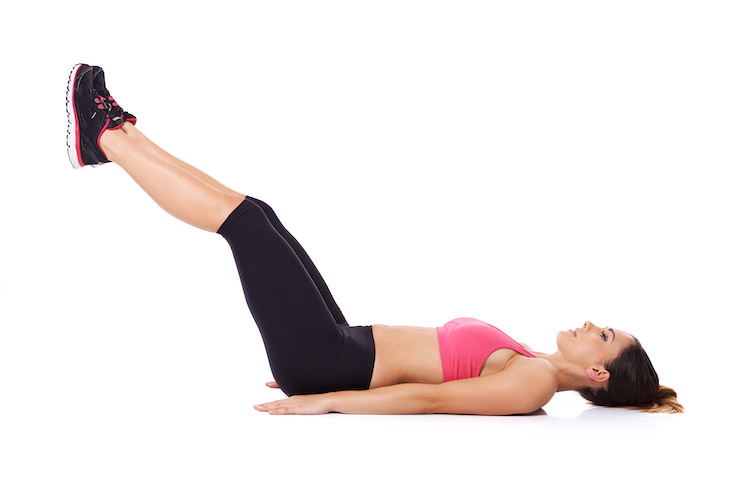
This exercise is thought to be good for strengthening the ab muscles. However, according to several fitness trainers, this move does more damage than good, as it puts unnecessary pressure and force on the lower back. In fact, the lifting of the legs does more to activate the hip flexors than the ab muscles. One of the main hip flexors, the psoas, attaches to the lower back. So the tighter it gets, the more it pulls on the lower back, which can eventually lead to pain and injury.
In other words, this exercise is just not beneficial for the average gym-goer. Take a look at our article 5 Plank Exercises for Strengthening the Abdomen to learn some exercises that will isolate the abdominal muscles.
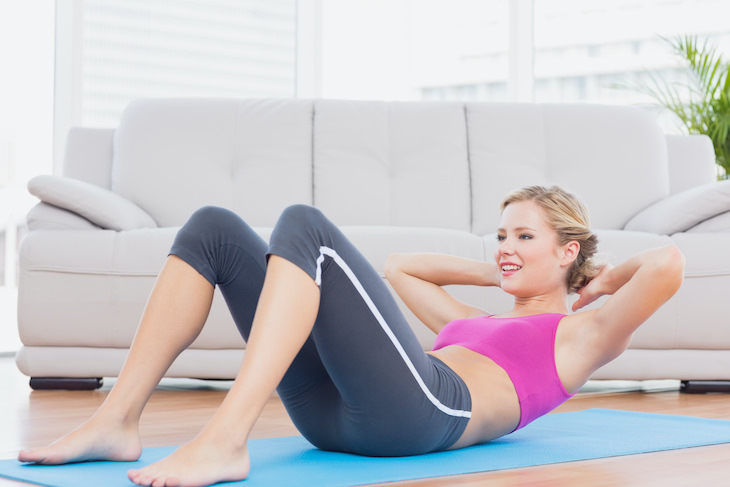
Full sit-ups are another popular exercise that puts significant strain on your lower back. Your backbone is made up of a series of small bones called vertebrae. When repeatedly performing a full sit-up the tremendous stress on the vertebrae of your lumbar spine (lower back) can result in damage to the discs in your back.
This happens because most people lack the strength to do the exercise properly, and overuse the arms to complete the movement by pulling the head, which only increases the risk for injury.
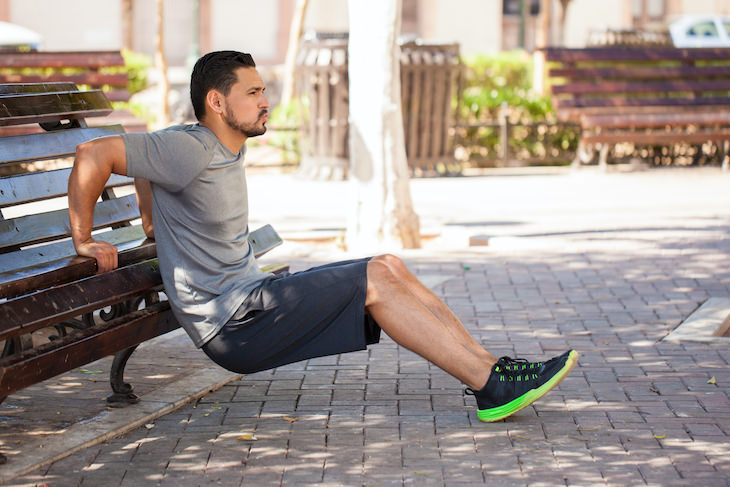
When doing bench dips you are supporting your whole body with your arms as you slide your rear off the edge of a bench or a chair and then dipping down. This exercise mainly strengthens your triceps (hence they’re also referred to as tricep dips). Since it can be done almost anywhere where there is a bench or chair, it’s very popular among people working out at home.
However, bench dips have a downside that overshadows their benefits, and that is that they put an extreme amount of pressure on the shoulder joint. In the long run, this could lead to injuries and health issues, such as irritation, inflammation, or a rotator cuff impingement.
Related: Study Finds There’s No Age Limit to Start Strength Building Exercises
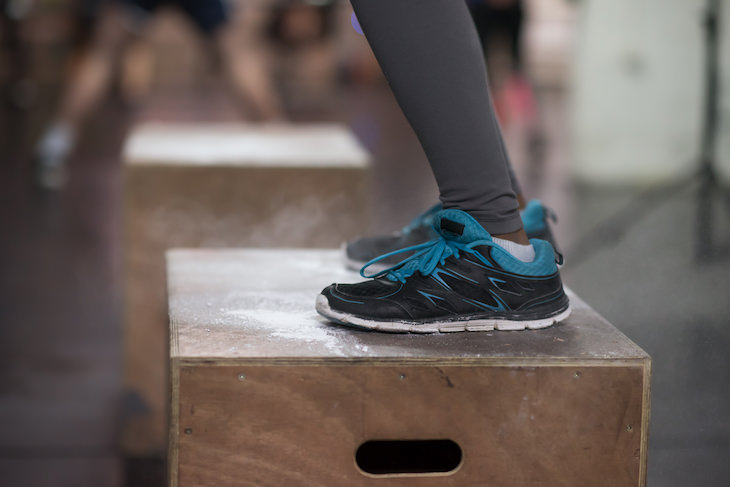
Box jumps are a plyometric move where you jump from the floor onto an elevated surface, like a box. Originally, plyometrics was introduced into the programs of professional athletes to help them increase muscle strength. For the average person, however, these exercises can be too hard on the joints.
When you jump off an elevated surface, you land with a force of four to ten times your body weight, depending on the height from which you jumped. This puts immense pressure on the ankles, knees, and spine. Not to mention, if you have any movement dysfunction during that landing, the results could be severe.
Instead, experts advise that you simply step on and off the box rather than jumping. This move builds strengths and flexibility in your legs, upper body, and core while protecting your joints.
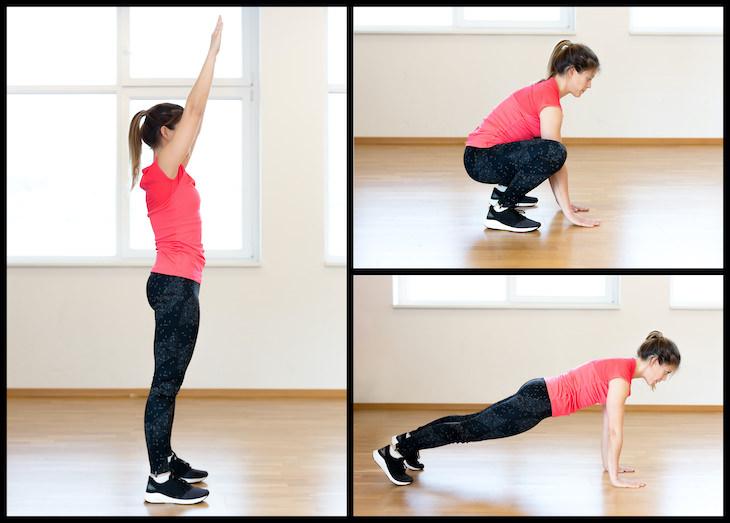
Burpee is a dynamic movement that takes you from a standing position down to the floor into a push-up and then back up. Just like jump boxes, burpees can be hard on the joints. The movement puts unnecessary stress on the wrist, shoulders, knees, and lower back, which is why many trainers are choosing to forgo it in their programs.
Instead, you can try to break up the exercise into distinct parts - jumping jacks and squats - and do sets of each. To learn more about the benefits of jumping jacks and safe techniques for beginners and seniors check out our previous article Why You Should Be Doing Jumping Jacks Today And How To Start.
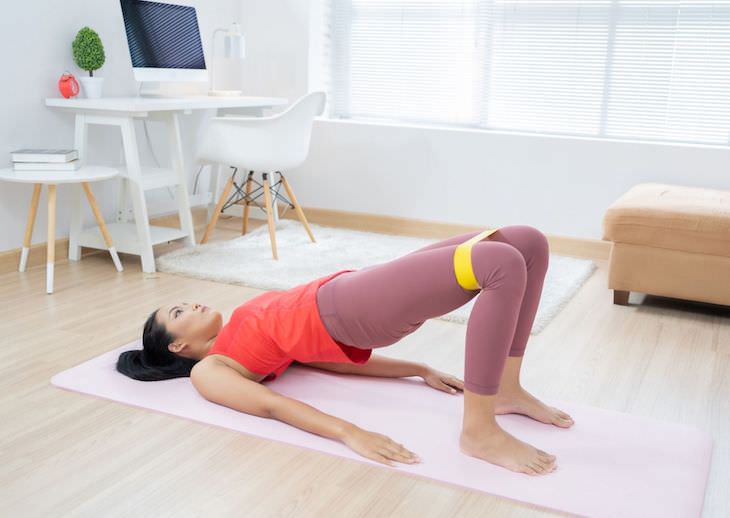
A standard glute bridge is an exercise where you lie face-up on the floor, with your knees bent and feet flat on the ground. Then your hips and midsection off the floor until your knees, hips and shoulders form a straight line. There is nothing wrong with a straightforward glute bridge like the one we just described. The problem is when people do this move with their feet on the wall instead of the floor.
A wall glute bridge puts unreasonable stress on your lower back and doesn’t help strengthen your lower body more than a typical glute bridge would. Stay safe and stick to the regular glute bridge is the advice of San Francisco-based personal trainer Holly Rose.
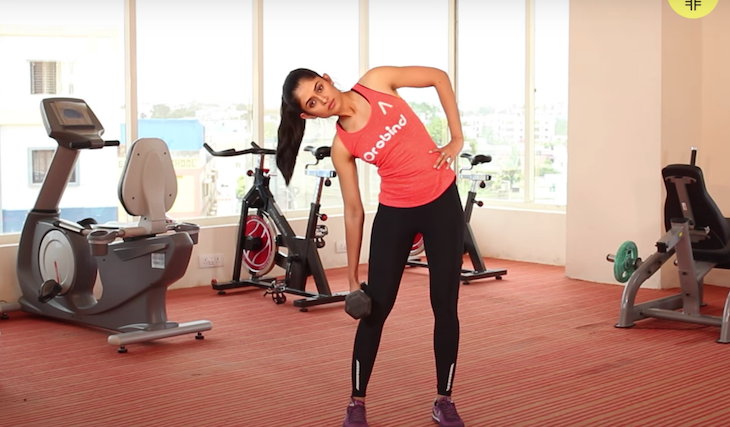
Image Source: YouTube
Holding weights or dumbbells and bending to the sides places extra stress on the lower spine and doesn’t do much for your arms or sides. Not only is this move not effective, but it can also be downright dangerous!
Weighted side bends can seriously harm your back and potentially cause a herniated disk or other spine damage. If this exercise is a part of your routine, it’s time to take it out.
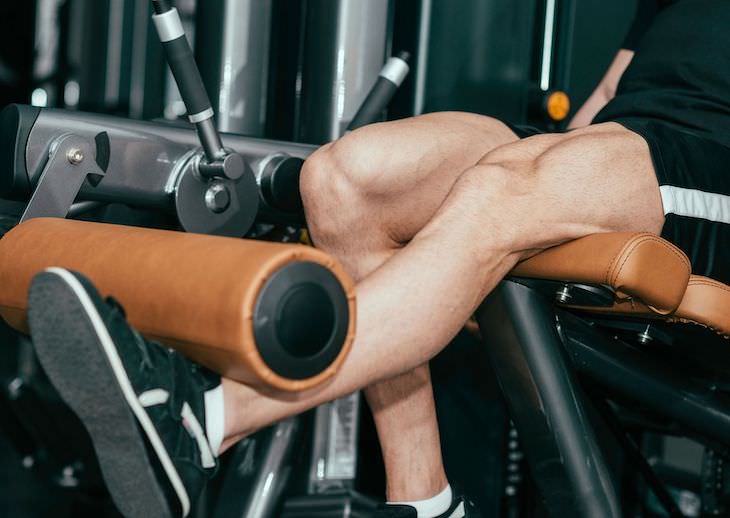
This is one of the most popular machines in the gym, maybe because it’s pretty straightforward to use. However, using your legs to lift the weight up and down in this seated position is a quick way to stress your bones. Putting this kind of stress on your knees and ankles is especially bad as you get older and the joints naturally start to weaken.
There are other, more efficient ways to work on your quads. Squats are a good example - especially if you do then with your legs closer together, about a hip-width apart. That position will activate your quads, as well as strengthen your legs and core and reduce the risk of injury.
Share these tips with someone who would find them useful!